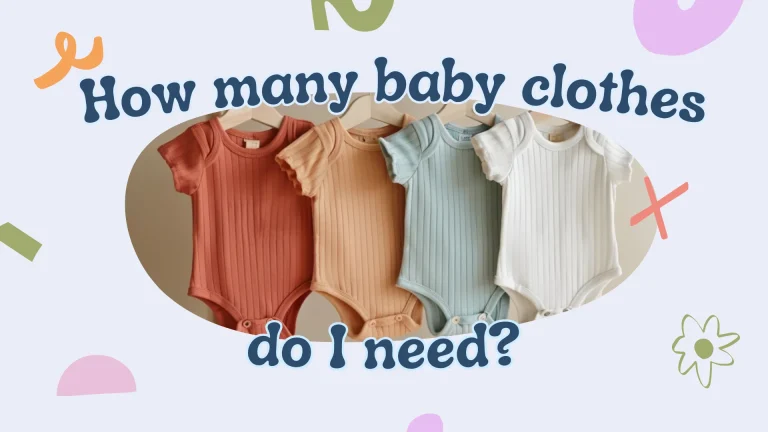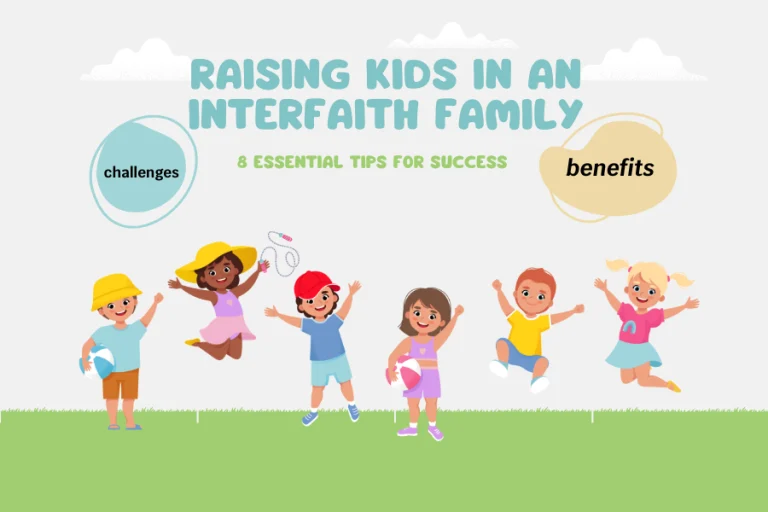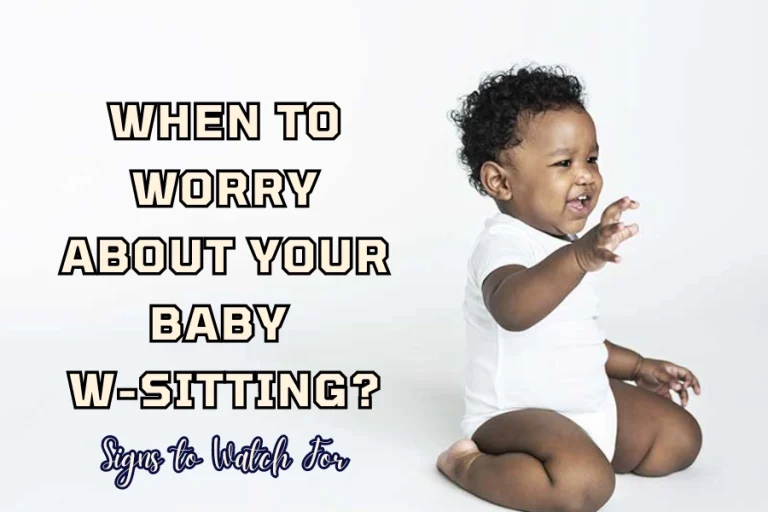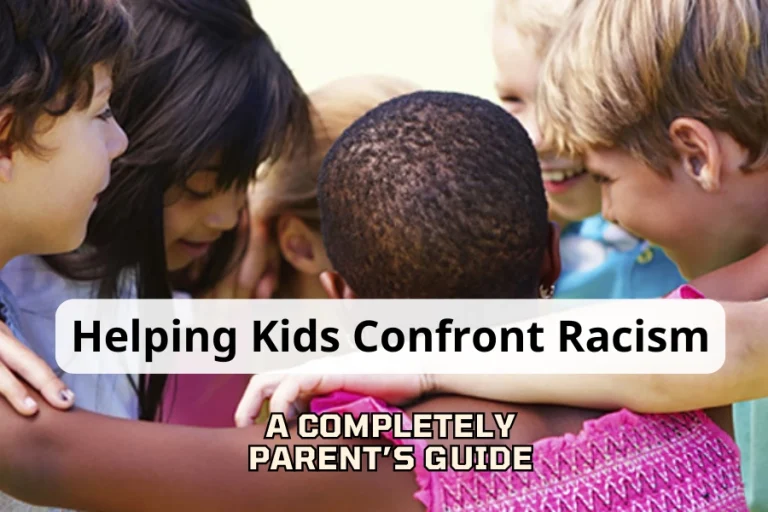
Did you know that sleeping in a bassinet from the early months can significantly reduce the risk of Sudden Infant Death Syndrome (SIDS)? Plus, it helps babies develop independent sleep habits. However, not all babies are fans of the bassinet.
Does trying to get your baby to sleep in a bassinet leave you exhausted and stressed out? Do you ever feel like in a sleep contest with your little one, wherein the time you put him or her down, the battle has just begun? Well, today BabiesParent will be sharing tips and tricks for how to get baby to sleep in bassinet and win this sleep battle with ease.
Why Won’t the Baby Sleep in the Bassinet?
Before learning about how to get baby to sleep in bassinet, we will explore why your baby won’t sleep in a bassinet. Before putting your baby in the bassinet, you need to make sure that the baby has eaten enough, has a clean diaper and the room is dark enough.
If the above factors have been ensured but the baby is still fussy and refuses to sleep in the bassinet, it could be due to the following reasons:
Uncomfortable
How to get baby to sleep in bassinet at night? Discomfort is one of the main reasons why babies do not want to sleep in their bassinet. There are many types of bassinets on the market today like Snoo or Mamaroo, and each type has a different structure. Therefore, you need to check the quality of the bassinet to make sure that your baby feels comfortable when sleeping in it.
First, check the mattress that comes with the bassinet to see if it is soft and comfortable enough. Next, check if your baby’s weight and height are suitable for the recommendations of the bassinet. If your baby is older, you need to change to a larger sleeping space.
In addition, discomfort can also come from the baby’s sleepwear. Newborns do not adapt well to temperature like adults. They may feel too cold or too hot if the room temperature is not suitable. Some studies have shown that a room that is too hot or sleepwear that is too thick and has many layers will increase the risk of sudden infant death syndrome (SIDS).
Sleep Habits
The second reason why babies refuse to sleep in their bassinet comes from habits, especially the habit of sleeping with parents or sleeping in their arms. A surprising fact that you may not know is that babies prefer falling asleep in their arms, on their chests, in slings, or even in car seats rather than sleeping in a bassinet.
Newborns love to be cuddled, held and need the closeness of their parents. Therefore, many parents choose to co-sleep with their babies from the very first days. Although co-sleeping will bring emotional benefits, it will not be safe for the baby. Sleeping together also raises fears of sudden infant death syndrome, or SIDS and cosleeping affects the sleeping of parents. Also, once they get older and have to sleep by themselves, the transition will be more difficult if they start sleeping with their parents when they are very little.
So the National Institute of Child Health and Human Development (NICHHD) suggests you share a room but not a bed so you can be close to your baby while still keeping him safe. The best solution is a bassinet or crib. So, practice putting your baby to sleep in a bassinet early on to get him used to sleeping alone and form good sleep habits.
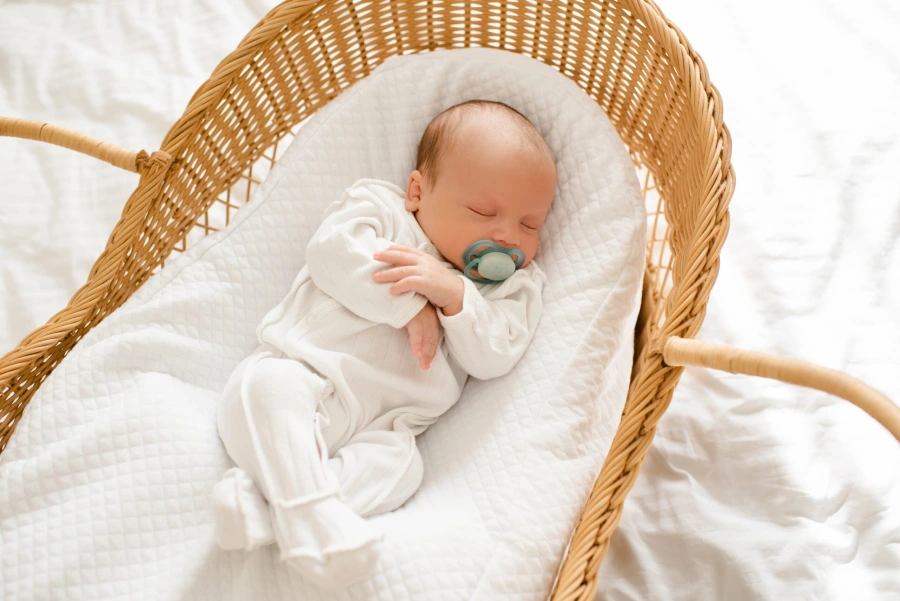
Overtired
Another reason why parents have to worry about finding a solution to how to get baby to sleep in bassinet at night is because of the overtired baby. It sounds a bit absurd but that is the fact. An overtired baby will refuse to go to sleep.
If you see your baby yawning and rubbing his eyes, then that’s the perfect time to start putting him to sleep in the bassinet. But in case one leaves his baby tired and sleepy for a very long time just for the reason that it will be easier to sleep on the bassinet, then that is entirely wrong. At that time, being too tired will cause the baby’s body to produce cortisol, making the baby more alert and not wanting to go to sleep.
Reflux
Your baby will not want to sleep in a bassinet if she has reflux. Lying down is always worse for reflux because it makes them uncomfortable and painful; hence they become fussy and do not want to sleep in their bassinet.
Reflux can vary from baby to baby. Some babies have it occasionally, while others have it more frequently and more severely. Reflux can occur more frequently and at more serious levels in premature babies. Contact your doctor for assistance with your baby if he spits up often, fails to gain weight, or acts uncomfortable after feeding.
Gassy or Bloating
Many parents try to find ways to get baby to sleep in bassinet, but they overlook an important issue: the baby has gas. You can imagine if you have gas and someone tells you to lie still to sleep. That is very uncomfortable, right? And babies feel the same way. With gas or bloating, babies will fuss and refuse to sleep in the bassinet. Not all babies have gas, but primarily babies that are bottle-fed will swallow more air than those that are breastfed, so they are more likely to have gas.
Startle Reflex
Sometimes, startle reflexes are also a reason for babies refusing to sleep in their bassinet. This is the natural Moro reflex, which makes them wake up with any strange noise or action. Usually, babies will wake up when you put them in the bassinet. Loud noises and sudden lights can also cause the startle reflex while your baby is sleeping.

Too Quiet or Too Loud
Excessively noisy or too quiet sleeping environment will also refuse the baby to sleep in their bassinet. Newborn babies are used to noisy environments while in the womb, so they will not like to sleep in an environment which is normally too quiet. The infant will also be startled awake by abrupt and loud noises.
How to Get Baby to Sleep in Bassinet? 5 Proven Techniques
How therefore can one address the issue of kids who “refuse” to sleep in a bassinet? Let’s try some of the following ways!
Adjust the room temperature
The first step to how to get baby to sleep in bassinet is through adjusting the room temperature and dressing your baby in the correct pajamas. For a good night’s sleep, the ideal room temperature is close to 68 – 72 degrees F. Dress your baby in an extra layer of clothing you would feel comfortable in because babies always tend to either overheat or get too cold.
If it is cold, you can wear a little thicker pajamas. And choose thin, breathable pajamas when it’s hot. Or you can use sleep sacks to help keep them warm without using blankets.
Find the ideal wake windows
The second effective strategy in how to get baby to sleep in bassinet is to find the most suitable wake windows. The wake windows are the amount of time a baby is comfortable awake before going to sleep. It can be compared to the gaps between daytime naps. There is no specific figure for baby’s wake windows because every baby is different.
However, you can estimate it relatively. For instance, infants less than 2 months usually have a wake window of about 1-2 hours. Once you know your baby’s ideal wake windows, you can put your baby to bed before the wake window “closes”. This will help regulate your baby’s sleeping schedule and minimize the situation where baby is overtired and doesn’t want to sleep in their bassinet.
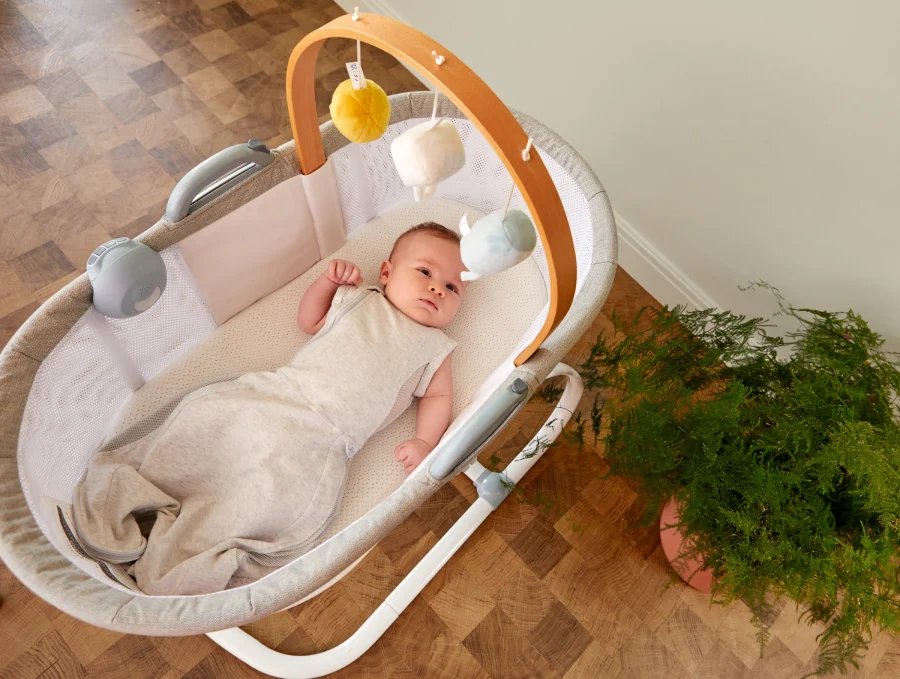
Practice the 5S rule
Among the effective methods of how to get baby to sleep in bassinet at night is the 5S rule. Not by accident has this technique been taught in hospitals and clinics to parents all over the United States. 5S includes Swaddle – Side/Stomach position – Shush – Swing – Suck.
The rule of thumb will be to wrap up the baby in a soft towel, let him lie on his side or stomach in your arms, make a “soft” noise like that from a white noise machine, swing slightly, and let the baby suck on a pacifier. The 5S rule attempts to burrow into the sleeping environment in the mother’s womb for the babies to fall asleep. Yet, you need to notice the following
- The 5S rule is only suitable for babies under 3 months old
- When the baby starts to roll over, you should stop swaddling the baby to avoid danger.
- Always put the baby on his back to sleep to reduce the risk of sudden infant death syndrome (SIDS).
- Each child has different needs so you can adjust the steps in the 5S method to suit your child.
Relieve reflux or bloating
The next step in the how to get baby to sleep in bassinet strategies is to overcome reflux or gas in babies. In the case of reflux, one must feed the baby in an upright position. Let your baby burp and make sure not to go to bed for about 20-30 minutes following feeding.
If you find that your baby is acting fussy, screaming loud, or bringing the legs up repeatedly, then the baby has gas. You can hold your baby in an upright position and pat her/his back until she/he burps to reduce gas.
Ignore “non-urgent” noises
Many parents worry when their baby is sleeping in a bassinet and makes a small noise. The common situation is that parents often pick up the baby as soon as there is a noise and accidentally wake the baby.
However, those small noises are completely normal, even a sign of a good night’s sleep. If your baby gurgles while sleeping, it’s no cause to get overtly concerned. Being that the baby’s airway is smaller and narrower, it would be very easy for them to make loud breathing sounds while sleeping.
This means that when the baby moans or cries softly, it is just transitioning from a light sleep to a deeper sleep. Therefore, the final strategy in how to get baby to sleep in a bassinet at night is to ignore the small noises of the baby.

Why You Should Get Baby to Sleep in a Bassinet?
After learning about how to get baby to sleep in bassinet, many parents are wondering: why do you need to let your baby sleep in a bassinet? According to the American Academy of Pediatrics (AAP), babies should sleep on their backs in a separate sleeping space such as a bassinet or crib to reduce the risk of SIDS. The baby’s sleeping space should have a soft mattress, no loose blankets, and no toys such as teddy bears or other soft objects.
In addition, sleeping in a bassinet also helps create an independent sleeping habit for your baby. You can put your baby to sleep wherever after they’ve been accustomed to using a bassinet.

Bottom Line
Helping your baby sleep soundly in a bassinet is entirely possible. With the tips we’ve explored together, you can create an ideal sleep environment and help your little one enjoy a peaceful slumber. Every baby is unique, so feel free to adjust these methods to suit your baby’s specific needs.
And if you find an effective way how to get baby to sleep in bassinet, please share it with BabiesParent and other parents here. Sweet dreams to you and your little one!

